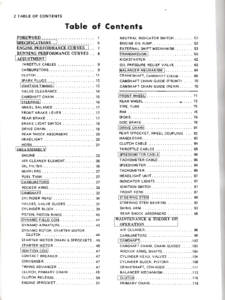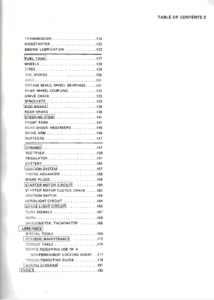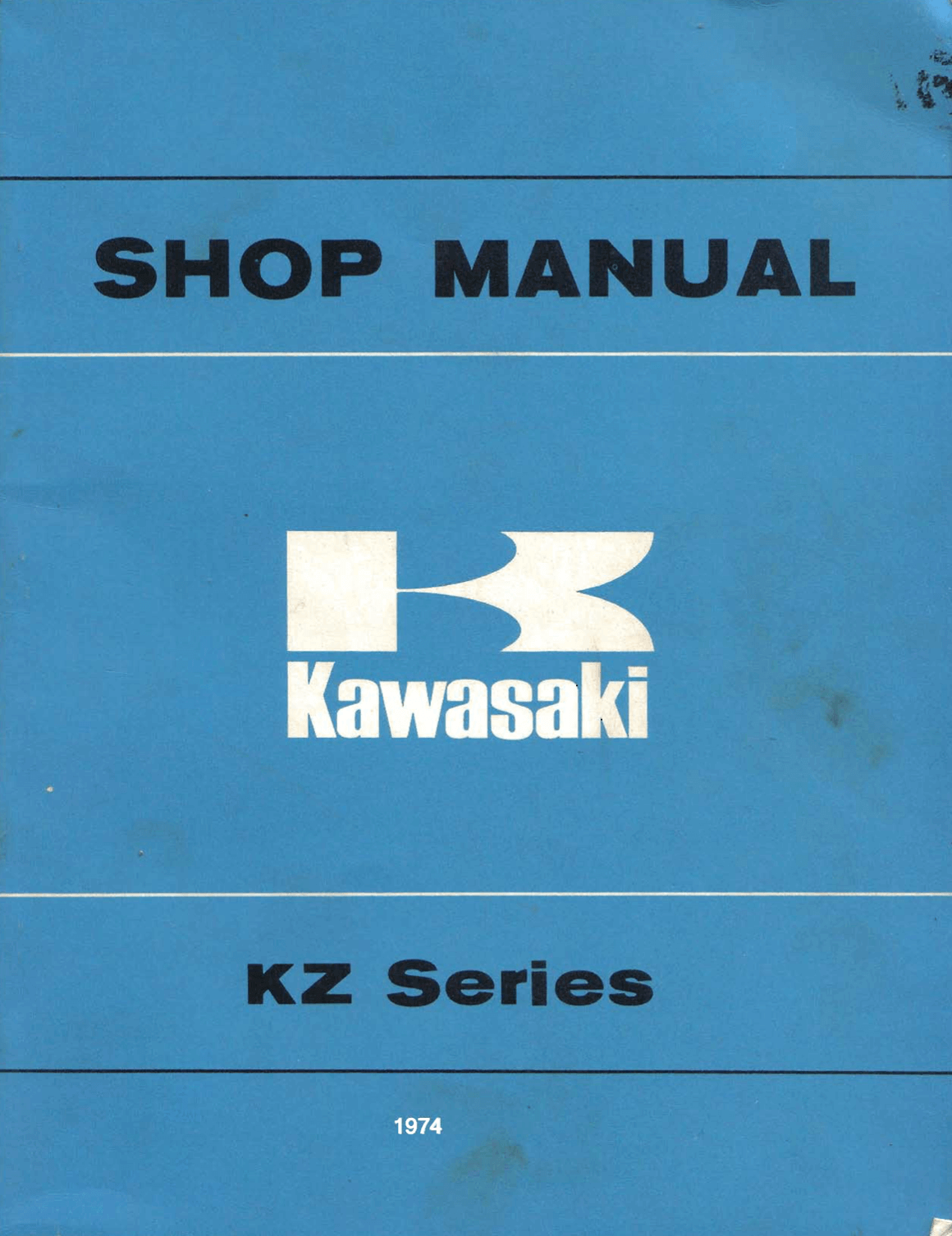Complete PDF version of the Service Manual for the Kawasaki KZ400. A MUST for every KZ400 owner.
Download: Immediately after payment!
OEM Original factory workshop manual.
Models covered by this manual: 1974 and 1975
Number of pages: 189 pages
Table of contents:


This PDF repair manual can be downloaded right after the payment process in complete, on the device of your choice.
We do not offer printed manuals, for the following reasons:
- it is more eco-friendly to use a digital version
- your manual never gets dirty or greasy
- you can always choose to print the specific page(s) you need to work on your bike
- you receive your manual immediately after payment
- it is searchable
Kawasaki KZ400
The Kawasaki KZ400/Z400 is a street motorcycle manufactured by Kawasaki from 1974 to 1984. The dual cylinder engine’s displacement was raised to 443cc for the KZ440/Z440. A 399cc two-cylinder engine powered the subsequent KZ400-J.
From 1974 until 1984, the Kawasaki KZ400 was a 398 cc two engine motorbike. To decrease vibration, the engine included two balancer shafts, one in front of the crankshaft and one behind it, both moving in the opposite direction of the rotating crankshaft. An emission control system reused “by-product” gases. It was marketed as a “most practical all-around machine” by the producers.
Later variants displaced 443 cubic centimeters. The KZ400 was manufactured in Akashi, Japan, and Lincoln, Nebraska. With the construction of the Lincoln facility in 1974, Kawasaki became the first foreign motorcycle manufacturer to have a plant in the United States. Throughout the 1970s, the KZ400 outsold Honda in the 400 cc twins market. These bikes were touted as fuel-efficient vehicles; a 1975 magazine commercial for Kawasaki displayed the KZ400 next to a Volkswagen Beetle with the tag line “Think even smaller.”
Early versions had oil leaks and erratic idling. Beginning in 1977, both the carburetors and the architecture of the oil passageways were modified. Some variants were available as basic transportation, with no electric start and front drum brakes. Most, on the other hand, featured a single disc in front and a drum in the back, as well as electric and kick starters. A fairing and saddle bags were also included on the deluxe versions.
Source: Wikipedia


